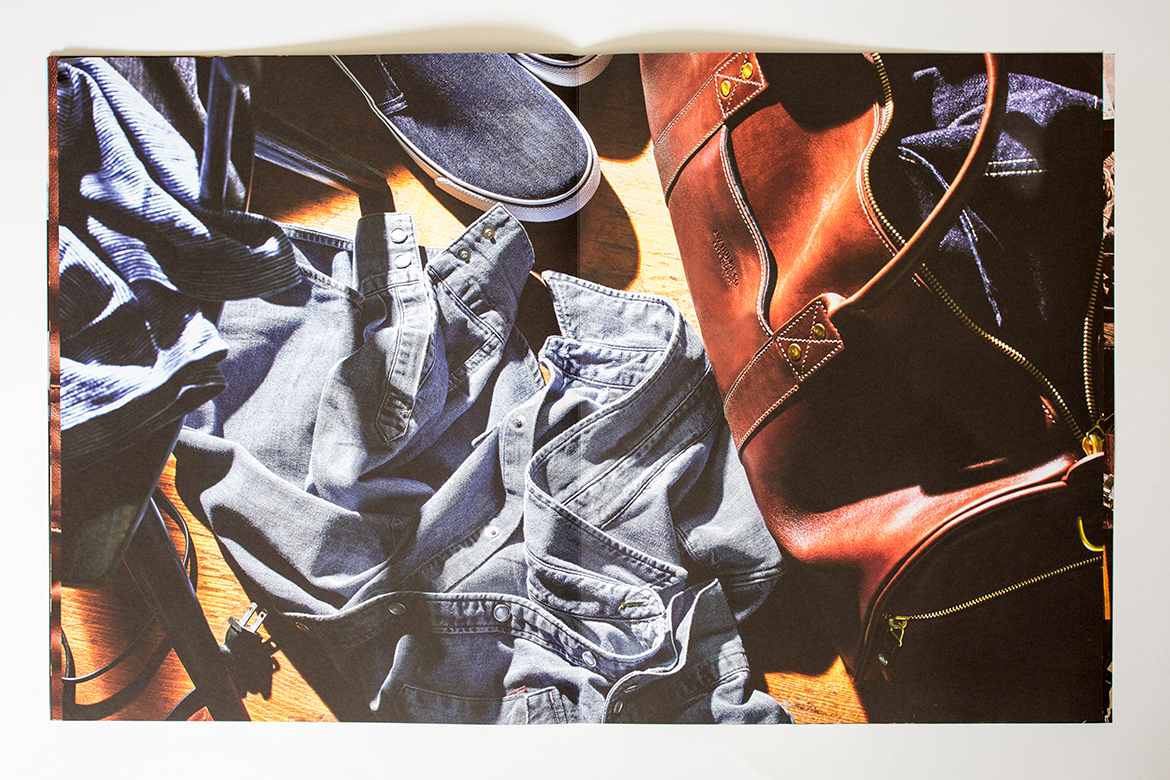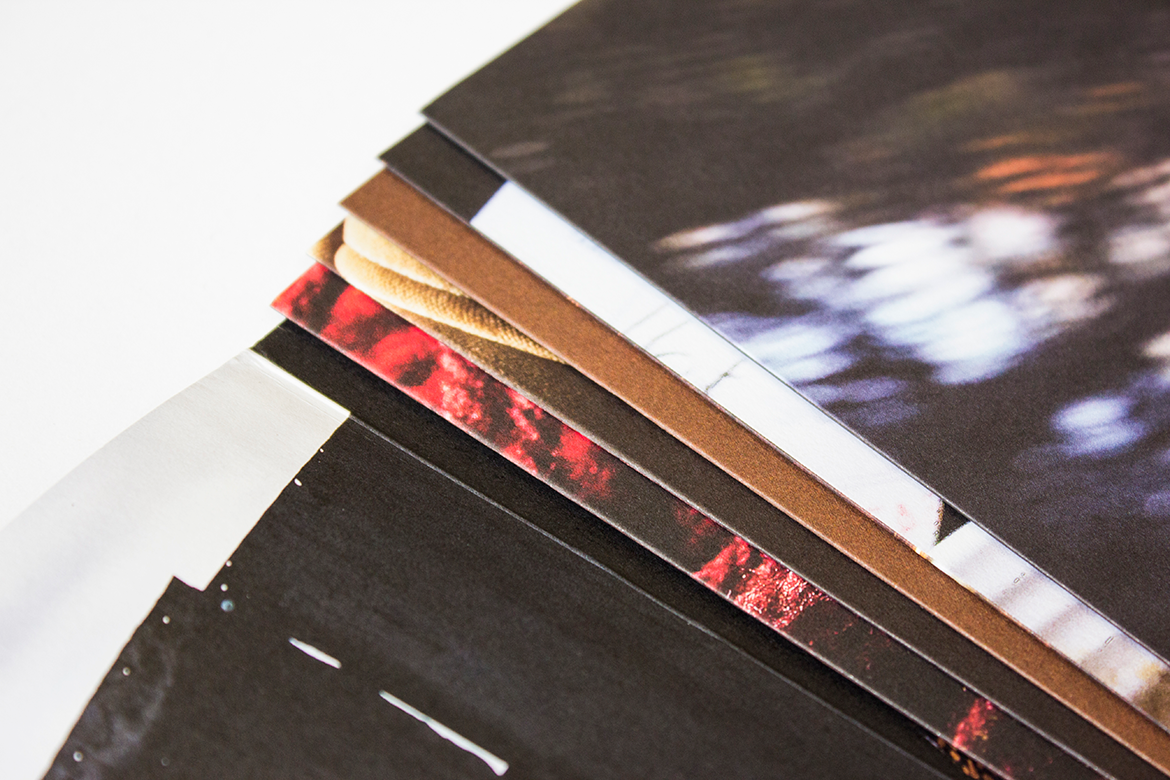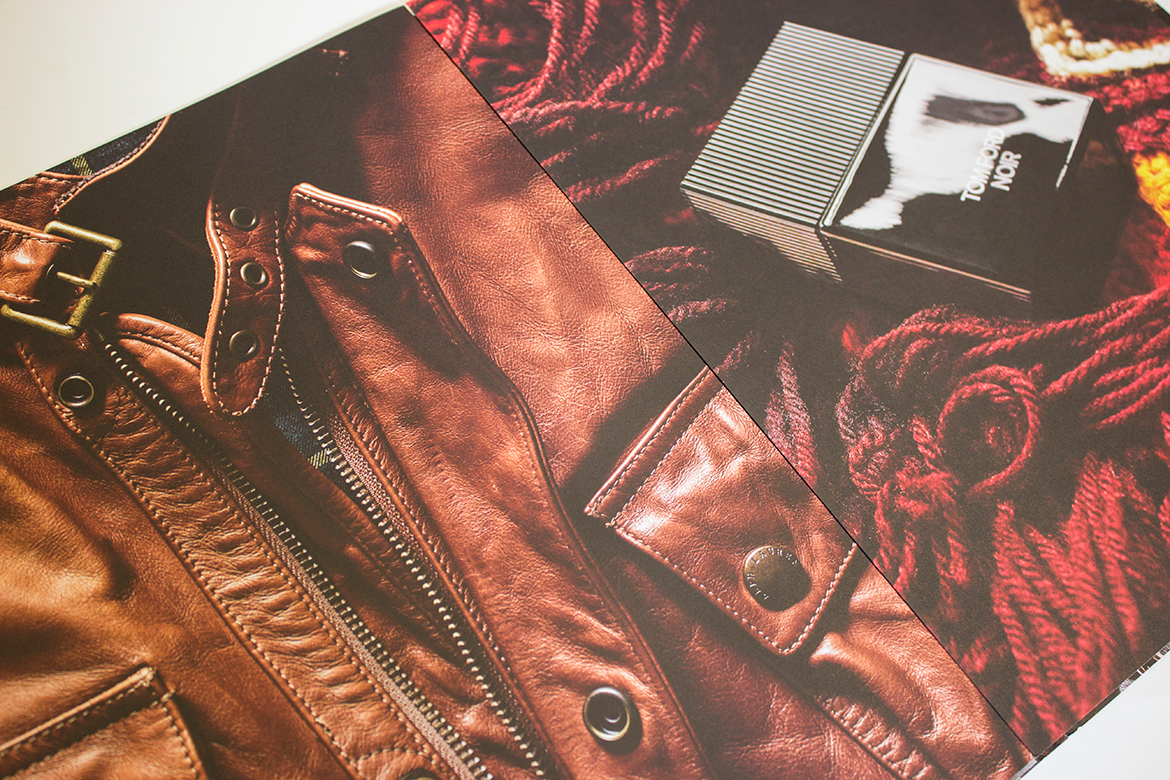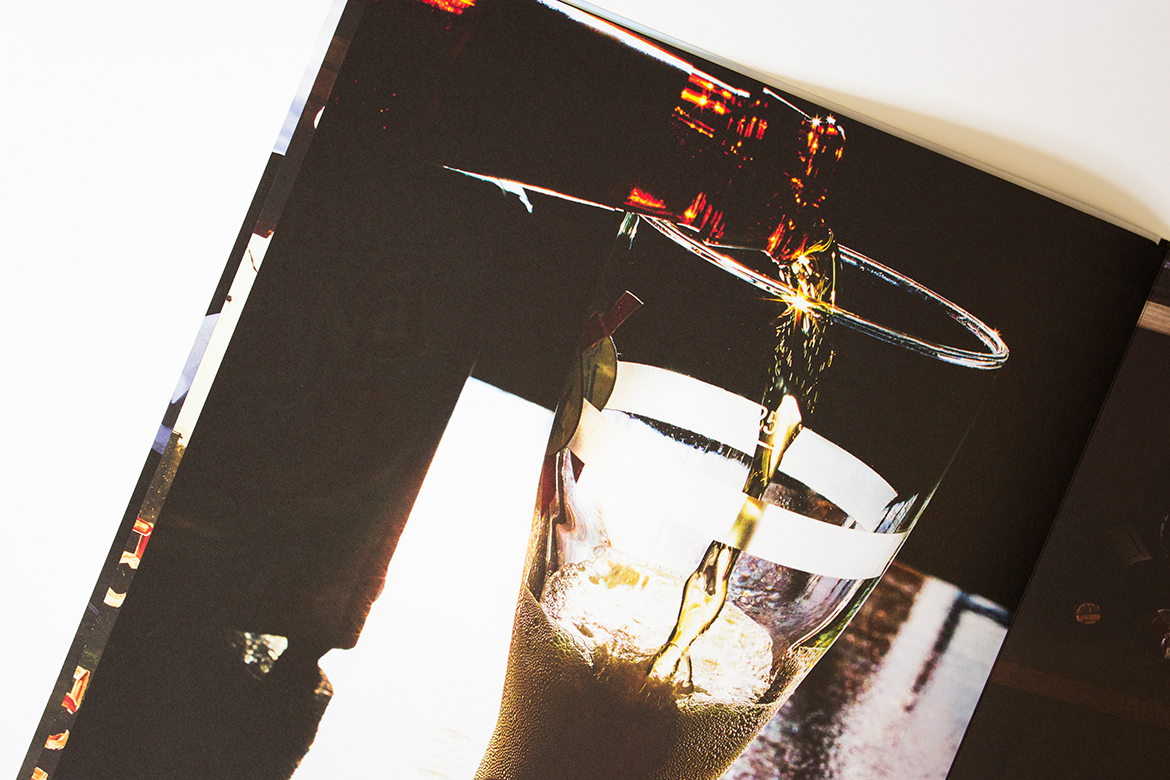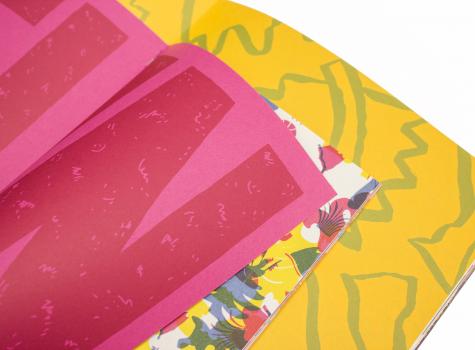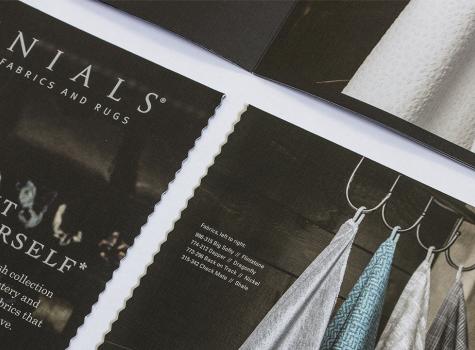David Prince: Using Paper to Enhance Photography
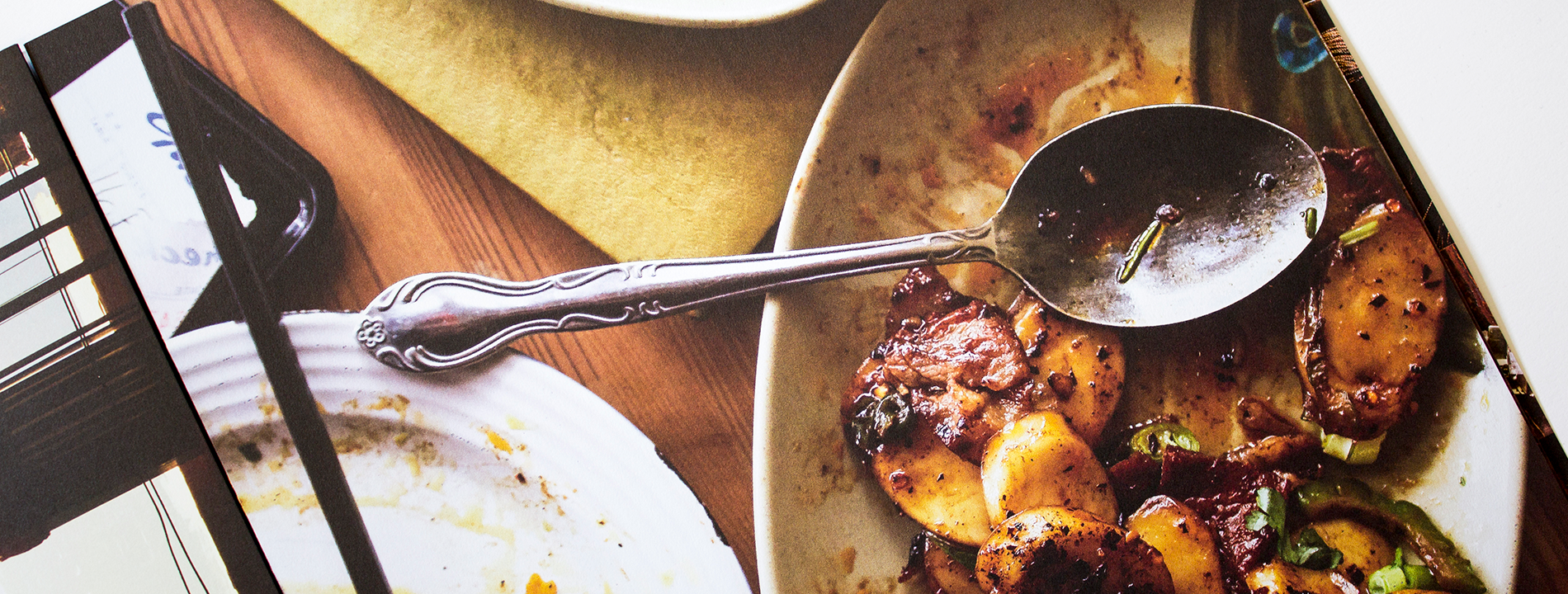
Paper choice can influence the way we experience photography in a printed piece. Lightly colored paper can elegantly shift the tone of an image, while subtly textured paper can make a big statement. Have you ever thought how choosing the right paper can add a unique and surprising layer of interest?
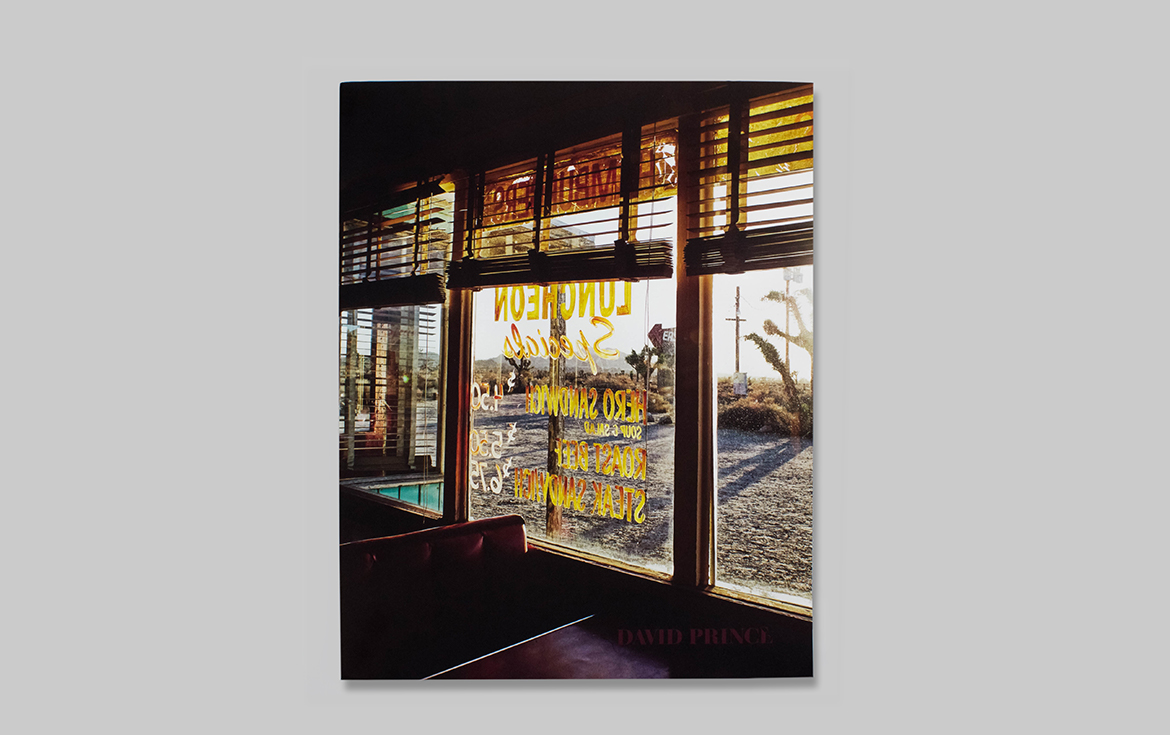
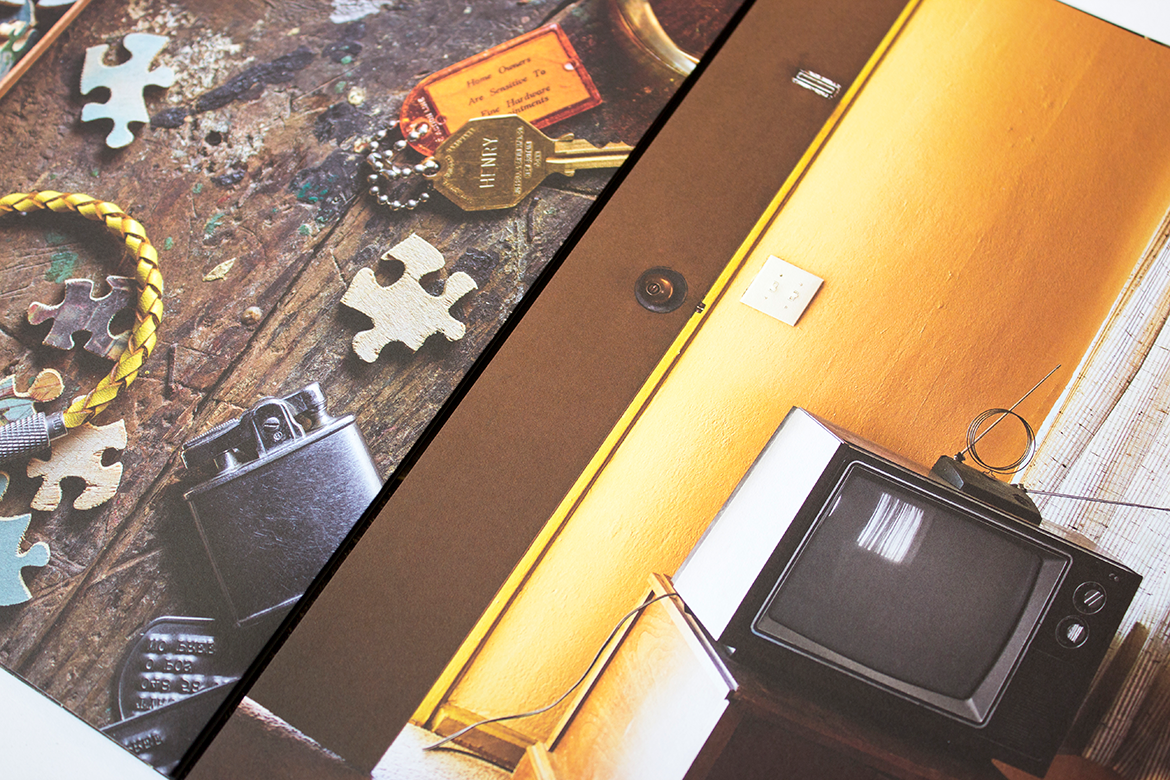
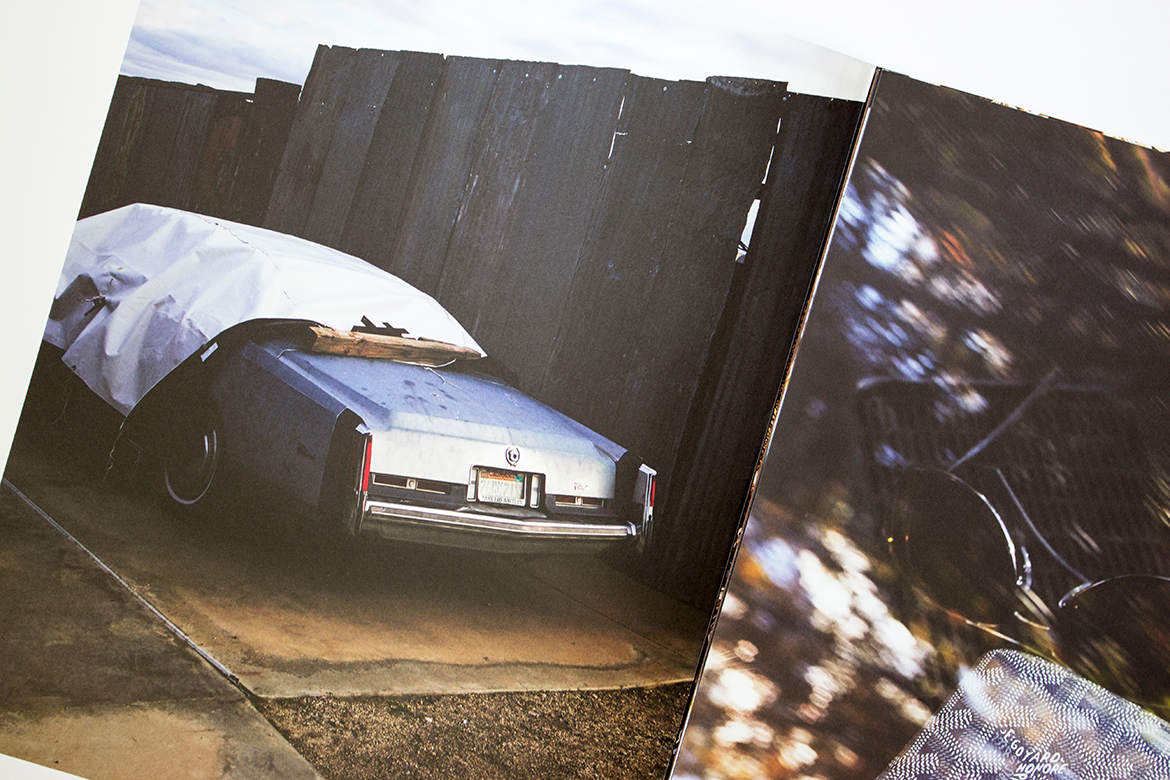
Tips on how to use paper to enhance photography:
- Use material changes to emphasize conceptual changes. A shift from warm to cool or cool to black and white can signify change in time or meaning.
- Look to lighter papers for traditional 4-color photography. Lighter papers will spark interest and make a subtle statement without taking over the image.
- Combine black and white with color. When colored paper is the backdrop for a black and white photograph, the results are unexpected and often dramatic.
Production Notes
Offset Printing
A commonly used printing technique in which the inked image is transferred from a plate to a rubber blanket, then to the printing surface. When used in combination with the lithographic process, which is based on the repulsion of oil and water, the offset technique employs a flat (planographic) image carrier on which the image to be printed obtains ink from ink rollers, while the non-printing area attracts a water-based film (called "fountain solution"), keeping the non-printing areas ink-free.
Materials Used
Suggested Articles
Colored paper opens up new possibilities for design and communication. Used with 4-color printing, it can become part of the image itself, giving you an additional color to work with. Have you ever thought about using colored paper as a bonus in your project?
We’ve seen that the way paper feels is powerful and how we use it can make a difference. Every project is about something, be it adventure travel or single origin chocolate. Have you ever thought about finding textures in the content, product or stories that you can emulate through paper?
Luxury packaging is more than just a mere container - it’s a powerful brand statement that resonates long before your product is revealed.





















